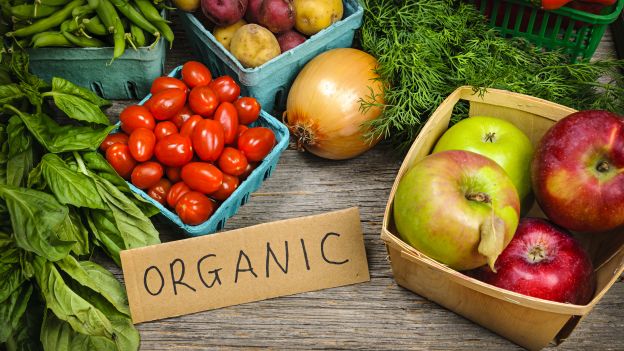When we buy fruit or vegetables, have we ever wondered ourselves how much Mother Nature spent in her life cycle for that particular food? What environmental impact does it have? Where’s it coming from and when was it harvested?
I understand very well that it’s not such an expected question, but I think some reflections should be made.
Organic food, devoid of various chemical additives and pesticides, provides us with a double benefit: they protects our health and at the same time respects the environment; often, however, we must know when it really can be convenient. Organic food are, in most cases, better, but taking into account the welfare of the finances, we are going to find out when we really have to resort to they.
We choose, for example, organic products for all those foods we consume in large quantities and on a daily basis, especially when we talk about fruits with very thin skin, so easily penetrable by toxic substances.
As regards the list of the foods most at risk and the safest foods the Enviromental Working Group, the Food Safety Agency has listed the safest foods and those you have to watch out for.
Vegetables, for example, with more pesticides are, in descending order: apples, celery, peppers, peaches, strawberries, grapes, cucumber and potatoes.
We find whole grains that in the very outer part of the grains accumulate the greater quantity of pesticides.
Some foods for which it’s not worth buying “organic” are for example:
onions, corn, pineapple, cabbage, peas, aubergines and kiwis.
From the point of view of nutrition, there are differences between organic and conventional farming products. Some research has even shown that in organic foods there is a greater vitamin content, especially Vitamins A and C, antioxidants and mineral salts such as Magnesium and Potassium. However, the reason why organic food should appear regularly on our tables should not be just because “organic food” are generally defined as healthier foods but also because they contribute to the defense of the environment and the landscape by helping even to preserve the culture and traditions of the beautiful places that compose our country.
Of crucial importance, the purchase of local products, KM 0.
From a nutritional point of view, the main key to reading “local” vegetable products is the reduced transport times.
These products, harvested at the right time and immediately placed on the market, are able to provide us with a better nutritional profile due to the lacking reduction of the vitamin spectrum of mineral salts and often the most tasty flavor, but not only…
A study in particular indicates that if a family only chose local and/or seasonal products, the annual CO2 savings could reach 1000 pounds.
In monetary terms about 80 to 100 € per month.
We now come to the analysis of a key concept: carbon footprint.
A constant request from consumer associations is to label products with their carbon footprint, or the amount of CO2 emitted during their life cycle.
For example, the carbon footprint result for each 750 ml bottle of wine is 2.02 kg, broken down as follows: one-third in costs for commercial activities such as transport, one third for glass production and for the packaging and the third final for the use of fertilizers and diesel for various machinery.
Another concept, useful to our cause, in that of food miles and was born in 1990 in the United Kingdom. It was designed by Andrea Paxton, who wrote a research paper that used the term to describe the distance that food travels from the farm where it’s produced to the kitchen where it’s consumed. On average, food travels 4,000 km each time it’s delivered to the consumer.
The distance traveled by the products increased by 25% in 2007 compared to 1980.
It has been calculated that in Italian territory a food, before reaching the table, travels on average 2 thousand kilometers.
If a family consume products at 0 km, annual savings would be about 1000 kg of carbon dioxide.
What I can recommend at the moment is to do shopping to the local farmer!
The benefit will be double: personal health and the environment will thank us!!!
